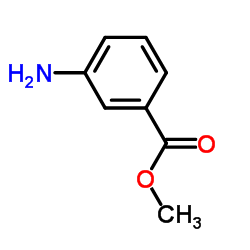A stem cell proliferation burst forms new layers of P63 expressing suprabasal cells during zebrafish postembryonic epidermal development.
Aida Guzman, Jose L Ramos-Balderas, Samantha Carrillo-Rosas, Ernesto Maldonado
Index: Biol. Open 2 , 1179-86, (2013)
Full Text: HTML
Abstract
Organ growth during development is a highly regulated process with both temporal and spatial constraints. Epidermal stratification is essential for skin growth and development. Although the zebrafish has been well studied, it is not known when and how epidermal stratification occurs. This is because beyond the first five days of development our knowledge is currently limited. We found that epidermal stratification in zebrafish begins when the larvae reach a standard length (SL) of 6 mm at approximately 25 days of age. Over the next four days (from a SL of 6 to 9 mm), epidermis thickness increases almost four-fold. This represents a sudden increase in organ size, since for the previous 20 days of development, the epidermis has been only two layers thick. This pattern is different from that observed in mammals that undergo continuous stratification from E14.5-E18.5. To study how stem cell proliferation gives rise to the new epidermal layers, we used a combination of markers: one for cell proliferation (proliferating cell nuclear-antigen PCNA) and one for epidermal stem cells (P63 transcription factor). We identified, throughout the stratification process, two different waves of cell division. Initially, the most basal epidermal cells divided and generated a subset of suprabasal cells (possibly transient-amplifying cells); within the next several days, the basal cells stopped dividing, and the suprabasal cells began proliferation, giving rise to most of the cell types in the new layers. This part of the process is similar to what has been recently found during epidermal stratification in mammals.
Related Compounds
| Structure | Name/CAS No. | Molecular Formula | Articles |
|---|---|---|---|
 |
Methyl 3-aminobenzoate
CAS:4518-10-9 |
C8H9NO2 |
|
The zebrafish mutants for the V-ATPase subunits d, ac45, E, ...
2013-01-01 [BMC Res. Notes 6 , 39, (2013)] |
|
A Novel extracytoplasmic function (ECF) sigma factor regulat...
2009-09-01 [PLoS Pathog. 5 , e1000572, (2009)] |
|
Maternal transfer and protective role of the alternative com...
2009-01-01 [PLoS ONE 4 , e4498, (2009)] |
|
Lack of Apobec2-related proteins causes a dystrophic muscle ...
2010-05-03 [J. Cell Biol. 189 , 527-39, (2010)] |